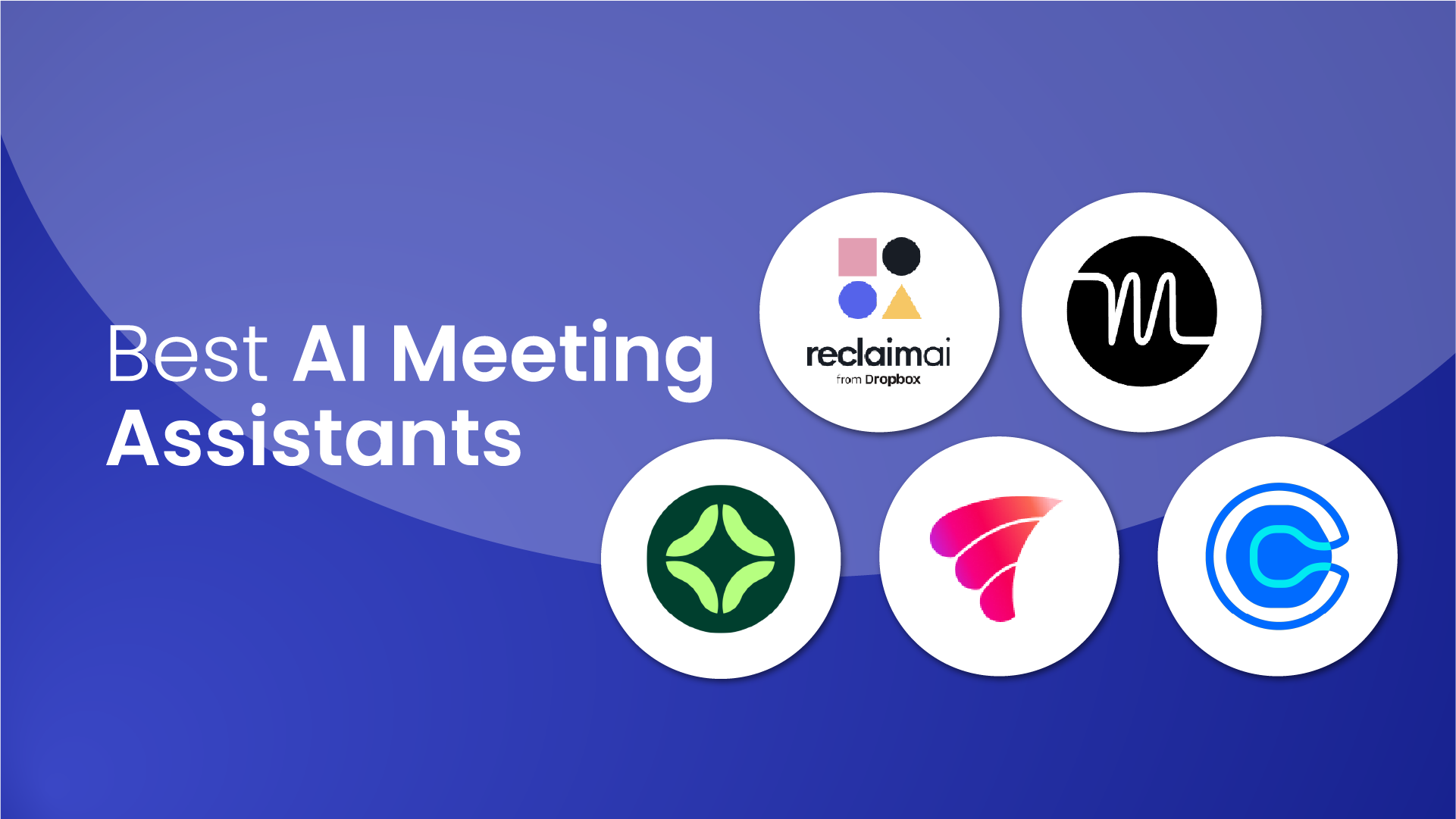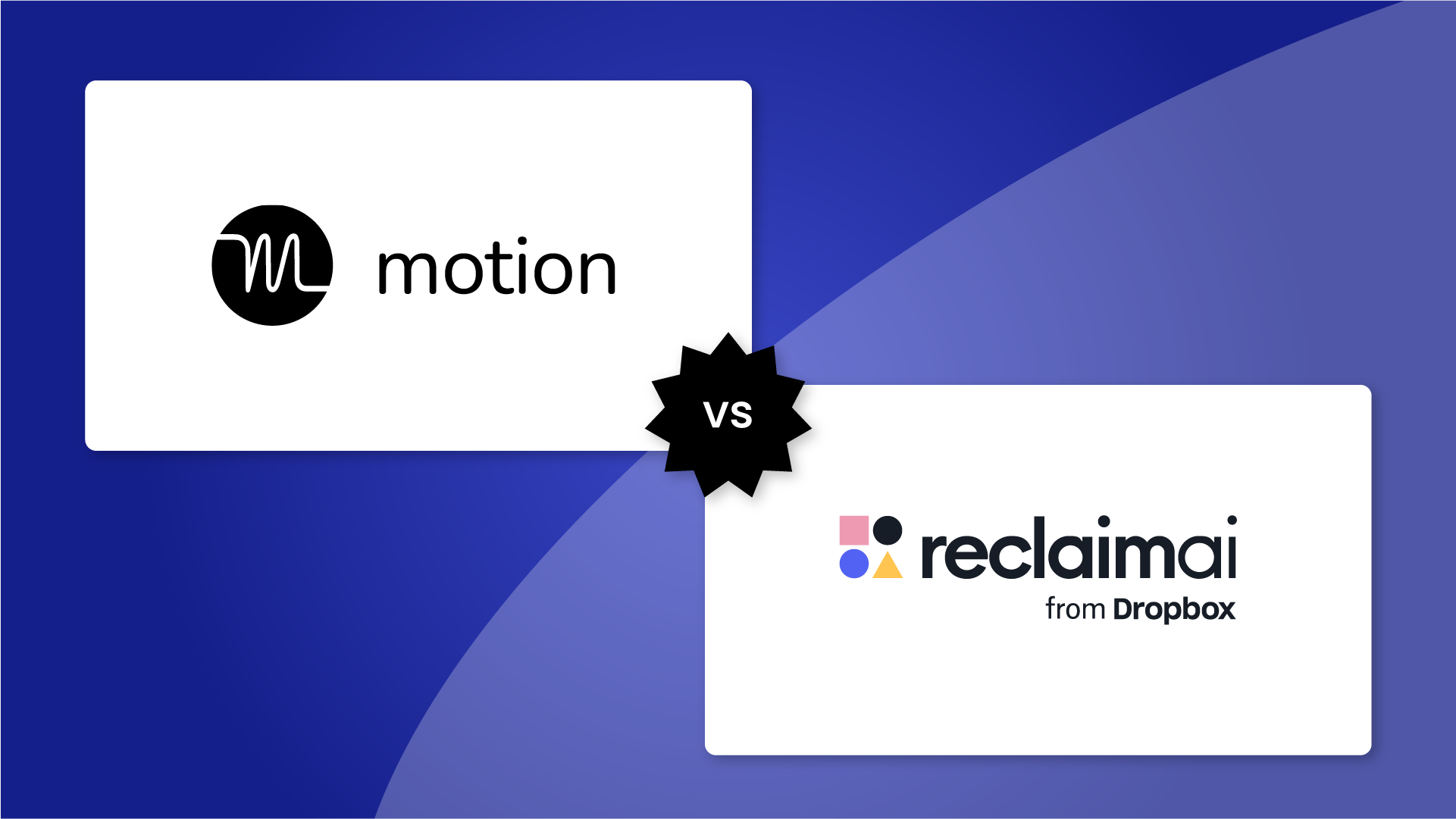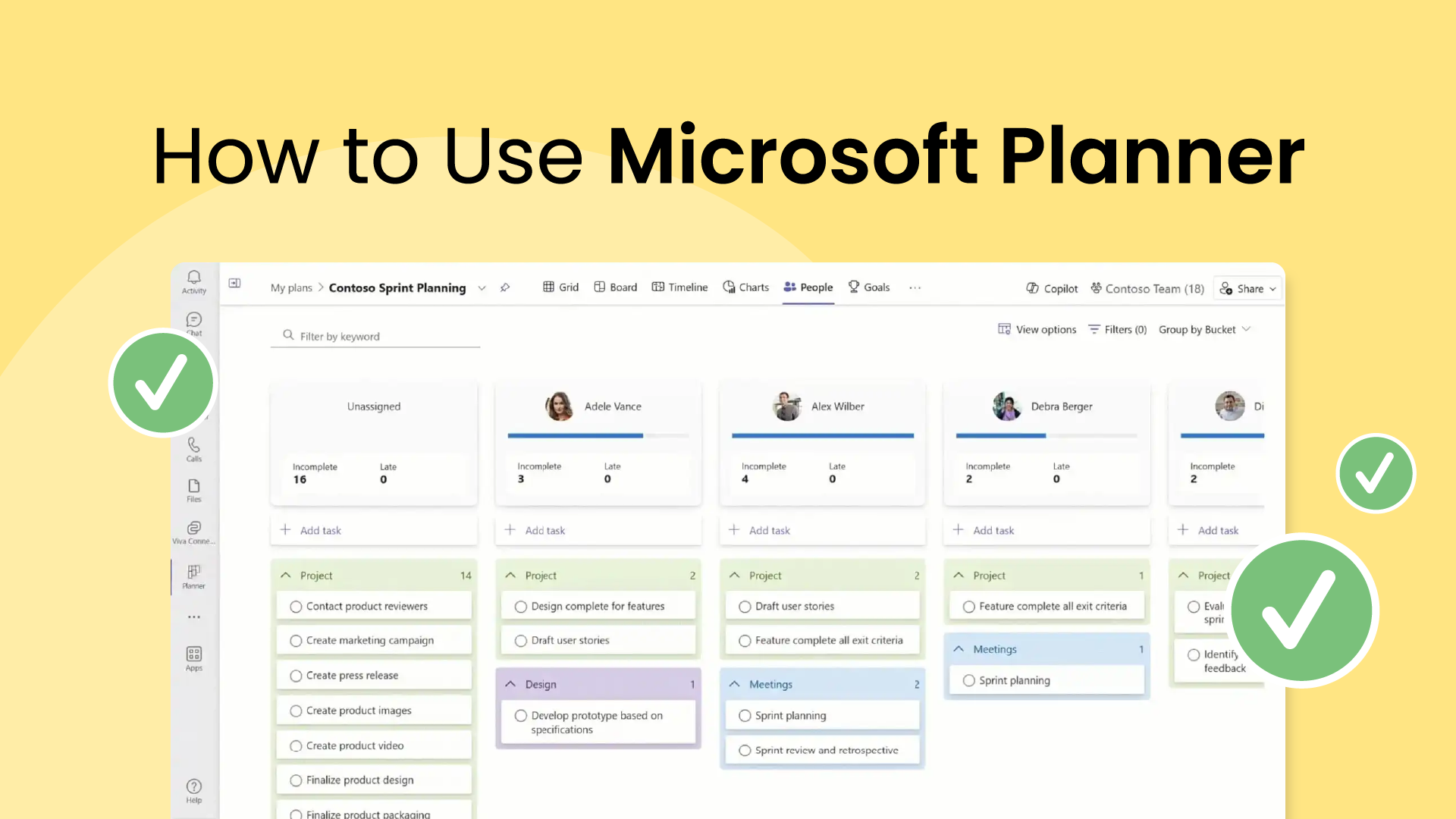Calendar availability refers to the open time slots when you're available for scheduling appointments or events. It provides a clear overview of when someone or something is free or occupied, allowing for efficient planning and coordination of activities.
Most calendar services (namely Google Calendar and Outlook) use a standard flag to understand whether an event is available or unavailable for booking, known as free or busy.
- Free: A "free" event or time slot shows availability for scheduling meetings or appointments. When a user shares their calendar, others can view these events, but tools like "Find a Time" in Google Calendar or external booking services like Reclaim scheduling links will display these time slots as open for booking.
- Busy: On the other hand, a "busy" event or time slot signifies that the user is unavailable during that period. This status prevents the booking of meetings or appointments during those specific times. Major calendar services and booking platforms recognize these time slots as unavailable for scheduling meetings.
These signals are powerful because they allow you to block times on your calendar still available for meetings while serving as “reminders” to you that you need to get something done at that time.
Ideally, free events would stay open until you run out of time, while busy ones clearly communicate your inflexible commitments. This way, your schedule would be both time-blocked and flexible. (This is a standard workflow that executive assistants use to help hold times as free until a meeting is confirmed, then mark it busy.)
Unfortunately, manually juggling free and busy events is a full-time job even for the most dedicated assistants. This is why many calendars end up "perfectly" time-blocked, yet inflexible and closed off to collaboration.
Reclaim.ai solves this dilemma by letting you set priorities and flexible time ranges for different kinds of routines, tasks, and meetings. Based on these priorities and their timeframes, Reclaim.ai automatically marks events as flexible (free) or unavailable (busy). This means you can get the time you need for critical routines, tasks, and meetings while staying open to collaboration.
Why free and busy?
Reclaim.ai uses these familiar free and busy statuses to dynamically flex your availability because they’re a universally recognized standard across calendar and scheduling services. Free and busy allow you to leverage this kind of flexibility anywhere you’re scheduling:
- When you use Reclaim with other scheduling tools, your free and busy blocks are automatically translated and understood, no matter which platform you’re using.
- Everyone scheduling with you can see free or busy events at a glance. This means that they don’t have to guess whether they can book over something.
- By letting Reclaim manage free and busy events, you get the time you need while remaining open to collaboration. You can signal open periods for potential meetings within your designated free time that will automatically flip to busy when you run out of space, maximizing your productivity and engagement.
Mastering your calendar's availability is key to becoming a power user of your schedule. Understanding which events appear free or busy to others allows you to:
- Help others interpret your schedule and find suitable booking times.
- Achieve better work-life balance by carving out dedicated time for your priorities.
- Go beyond just busy events and leverage the power of free time signaling.
Most people likely stick to busy events. But, using free strategically opens doors to both better productivity and flexible collaboration, transforming your calendar from a rigid schedule to a dynamic reflection of your priorities.


































